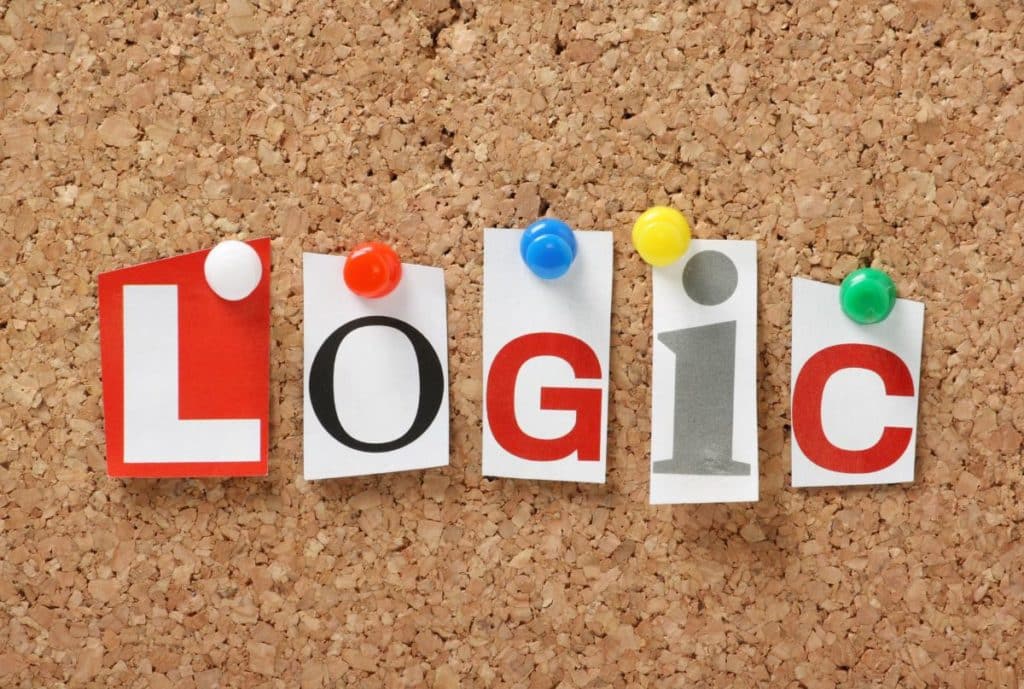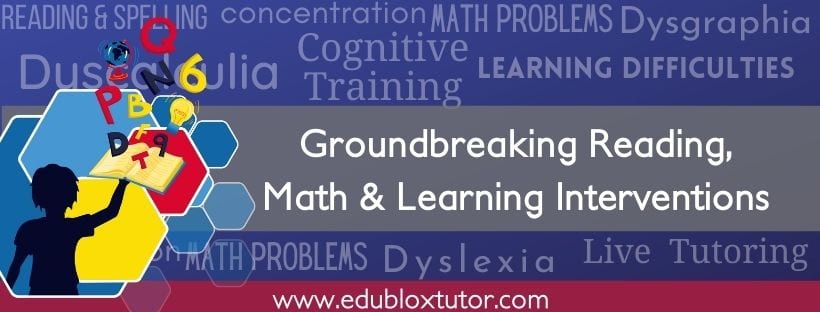Copyright 2023: Edublox (Pty) Ltd. This page may not be copied, in whole or in part, without the written consent of Edublox.

Challenging and enjoyable logical thinking exercise that can be done in conjuntion with Edublox’s Development Tutor or Reading Tutor.
The exercise below uses letters to teach logical thinking.
Add letters to complete the sequences below. You will find the answers at the bottom of the page.
GROUP A
1.) a b c d e f g ? ?
2.) g h i j k l m n ? ?
3.) o p q r s t u ? ?
GROUP B
1.) j i h g f e d c ? ?
2.) p o n m l k ? ?
3.) x w v u t s r ? ?
GROUP C
1.) b d f h j l ? ?
2.) i k m o q s ? ?
3.) l n p r t v ? ?
GROUP D
1.) o m k i g e ? ?
2.) t r p n l j ? ?
3.) y w u s q o ? ?
GROUP E
1.) a b d e g h ? ? ?
2.) b c e f h i ? ? ?
3.) g h j k m n ? ? ? ?
GROUP F
1.) o n l k i ? ? ?
2.) z y w v t ? ? ?
3.) t s q p n ? ? ?
GROUP G
1.) m q u y c ? ?
2.) d h l p t ? ?
3.) b f j n r ? ?
GROUP H
1.) a c f j o ? ?
2.) c e h l q ? ?
3.) f h k o t ? ?
GROUP I
1.) a z b y c x d w ? ?
2.) e v f u g t h s i ? ?
3.) j r k q l p m o n n ? ?
GROUP J
1.) a z c x e v g ? ? ? ?
2.) k l m j o h q ? ? ? ?
3.) u n w l y j a ? ? ? ?
GROUP K
1.) c b f e i h l ? ? ?
2.) w v z y c b f ? ? ?
3.) m l p o s r v ? ? ?
GROUP L
1.) c a h f m k r ? ? ?
2.) e c j h o m ? ? ? ?
3.) g e l j q o ? ? ? ? ?
GROUP M
1.) a c f h k m p ? ?
2.) f h k m p r u ? ? ?
3.) l n q s v x ? ? ?
Answers:
GROUP A
1. h i
2. o p
3. v w
GROUP B
1. b a
2. j i
3. q p
GROUP C
1. n p
2. u w
3. x z
GROUP D
1. c a
2. h f
3. m k
GROUP E
1. j k m
2. k l n
3. p q s t
GROUP F
1. h f e
2. s q p
3. m k j
GROUP G
1. g k
2. x b
3. v z
GROUP H
1. u b
2. w d
3. z g
GROUP I
1. e v
2. r j
3. o m
GROUP J
1. t i r k
2. f s d u
3. h c f e
GROUP K
1. k o n
2. e i h
3. u y x
GROUP L
1. p w u
2. t r y w
3. v t a y f
GROUP M
1. r u
2. w z b
3. a c f
Edublox offers cognitive training and live online tutoring to students with dyslexia, dysgraphia, dyscalculia, and other learning disabilities. Our students are in the United States, Canada, Australia, and elsewhere. Book a free consultation to discuss your child’s learning needs.
.

